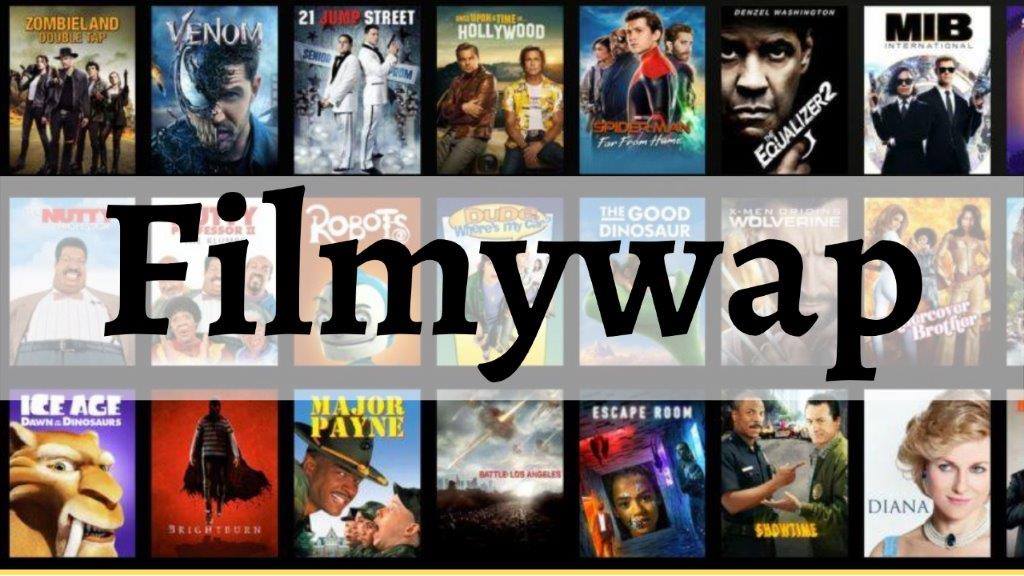The Digital Shift in Entertainment
Over the past decade, the world has witnessed a significant shift in the way people consume entertainment. From traditional cable TV and cinema halls to digital streaming platforms and downloadable content, the change has been both rapid and transformative. With increasing internet penetration and the availability of affordable smartphones, people now have a library of global entertainment at their fingertips. This digital wave has given rise to a parallel ecosystem of content platforms—some legitimate and others operating in a gray zone. One such platform that has gained massive attention over the years is Filmywap.
The Rise and Popularity of Filmywap
Filmywap has carved out a name for itself by offering access to a wide range of movies and TV shows, particularly in regional Indian languages. The platform gained traction for its user-friendly interface, diverse content library, and, most notably, the ability to download movies for free. From Bollywood and Hollywood to Punjabi, Tamil, Telugu, and Bhojpuri films, Filmywap became a one-stop destination for film enthusiasts seeking convenience and affordability.
Its appeal lies in providing early access to newly released movies, often within days or even hours of theatrical release. While this has certainly expanded entertainment access for millions, it also raises complex questions around legality, copyright, and ethical viewing.
How Filmywap Changed Viewer Habits
The ease of access that Filmywap provides has significantly influenced consumer behavior. Viewers who once waited for DVDs or legal streaming releases now expect immediate availability. This “on-demand” mentality, though fostered by legitimate platforms like Netflix and Amazon Prime, is further accelerated by sites like Filmywap which circumvent official distribution timelines.
Additionally, Filmywap has played a key role in democratizing access to content for people in remote or low-income regions who may not have the resources for cinema visits or premium subscriptions. In this sense, it bridges a digital divide—but not without consequences.
The Legal and Ethical Dilemma
Despite its popularity, Filmywap operates in a legally questionable domain. The platform uploads and shares pirated copies of films and shows, violating copyright laws in many countries, including India. The government and industry bodies have frequently cracked down on such websites, blocking domains and initiating legal action against operators. However, Filmywap has continued to resurface with new URLs and mirror sites, showcasing the cat-and-mouse game between regulators and content pirates.
From an ethical standpoint, using such platforms undermines the hard work of artists, producers, and technicians. Piracy directly impacts revenue streams, which in turn affects the overall quality and quantity of content production. While users often justify their actions due to cost or accessibility, the long-term implications on the industry cannot be ignored.
Impact on the Indian Film Industry
The Indian film industry, one of the largest in the world, loses billions annually to piracy. Platforms like Filmywap are major contributors to this loss. Box office collections get significantly impacted when movies are leaked online within hours of release. Smaller filmmakers, who depend heavily on ticket sales, are hit the hardest. While big-budget films might survive such setbacks due to wider distribution and marketing, indie and regional films often suffer irreparable damage.
Moreover, the fear of leaks has led many production houses to delay digital releases or invest heavily in anti-piracy measures, increasing overall production and distribution costs.
Technological Tactics: How Filmywap Stays Online
One of the intriguing aspects of Filmywap’s continued existence is its adaptability. When one domain gets blocked, another surfaces. It uses multiple domain extensions, proxy servers, and mirror sites to remain accessible. The backend technology of such platforms is often sophisticated enough to bypass basic cybersecurity efforts by authorities.
Additionally, the site often hosts its content on offshore servers, making it difficult for local law enforcement to track or take down. Some versions of the site even use encryption or VPN recommendations to ensure uninterrupted access for users. This technological resilience makes it a persistent challenge for anti-piracy forces.
Government Measures and the Way Forward
Governments, especially in countries like India, have recognized the threat posed by piracy. Strict laws under the Cinematograph Act and IT Act penalize the unauthorized distribution and consumption of copyrighted content. ISPs are regularly instructed to block access to sites like Filmywap. Despite this, enforcement remains tricky due to jurisdictional issues and the sheer speed at which such websites evolve.
To address the root cause, industry experts suggest a combination of legal reform, public awareness campaigns, and better availability of affordable legal alternatives. Making digital subscriptions more affordable, offering regional content, and improving digital literacy can help wean users off piracy platforms.
User Responsibility in the Digital Era
In an era where digital access is easier than ever, the onus also lies on users to make ethical choices. Supporting legal platforms, buying tickets, or subscribing to OTT services helps content creators continue doing what they do best—entertaining us. While it might seem convenient to download a movie for free from a site like Filmywap, each download contributes to a larger problem.
Educating users about the impact of piracy and promoting a culture of ethical consumption is crucial. Awareness, especially among young users, can go a long way in curbing this widespread issue.
Conclusion: The Dual-Edged Sword of Convenience
Filmywap represents the dual-edged sword of digital convenience. On one hand, it opens doors for those underserved by mainstream platforms. On the other, it challenges the very fabric of content ownership and ethical entertainment. While legal efforts continue to try and curtail such platforms, lasting change will only come when users begin to value the creative industry enough to support it through legitimate means.
The future of digital entertainment lies in balance—a balance between accessibility, affordability, and legality. Until that equilibrium is found, the story of Filmywap will remain a telling chapter in the ever-evolving narrative of global content consumption.

